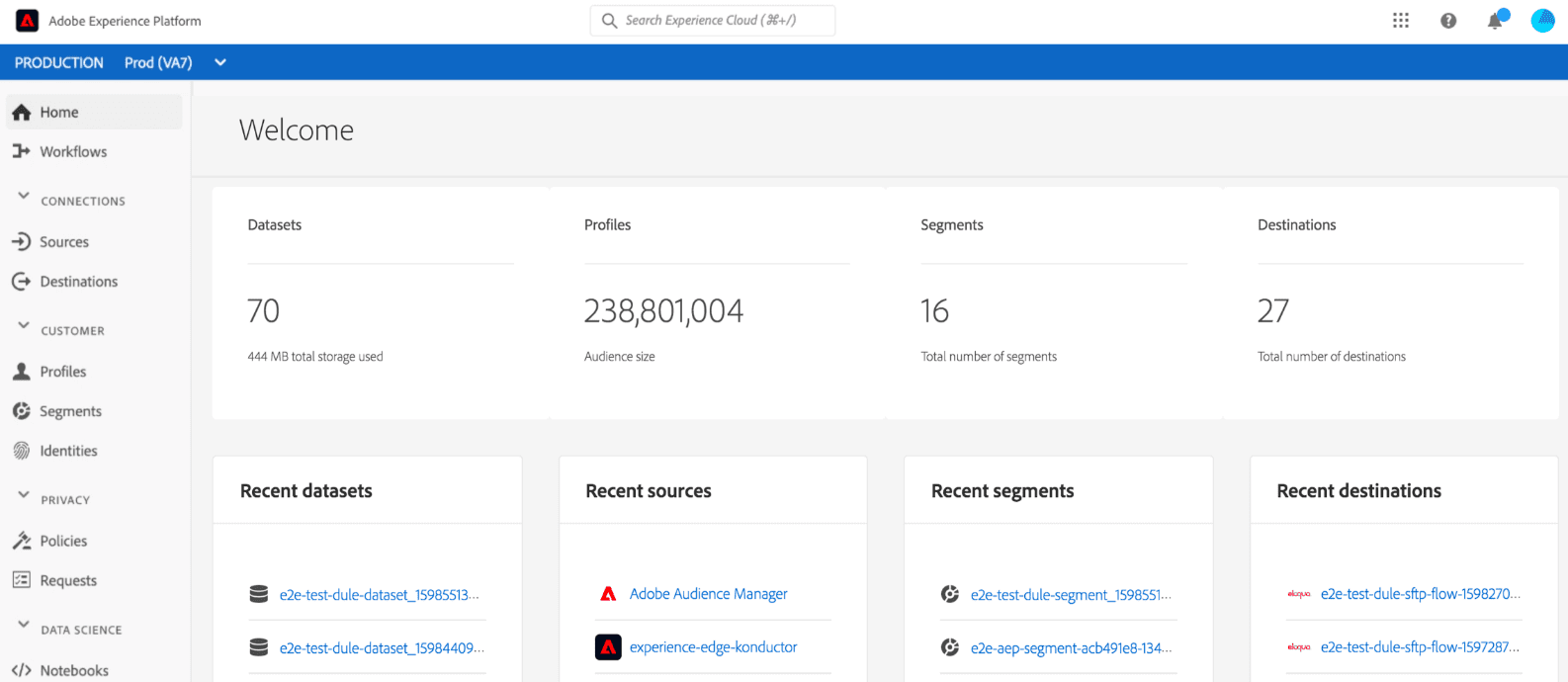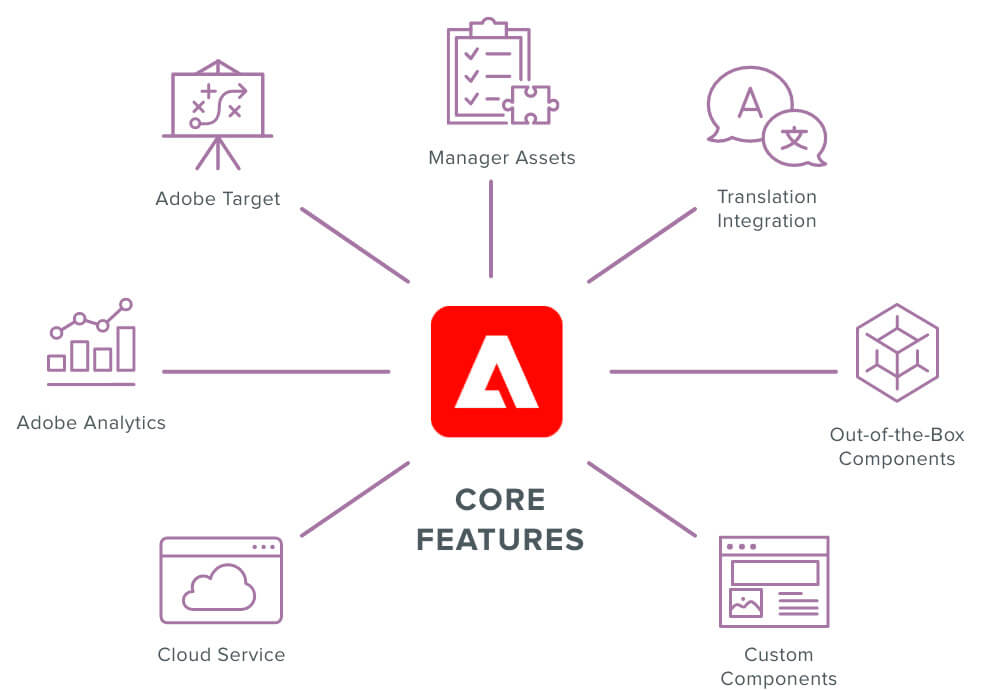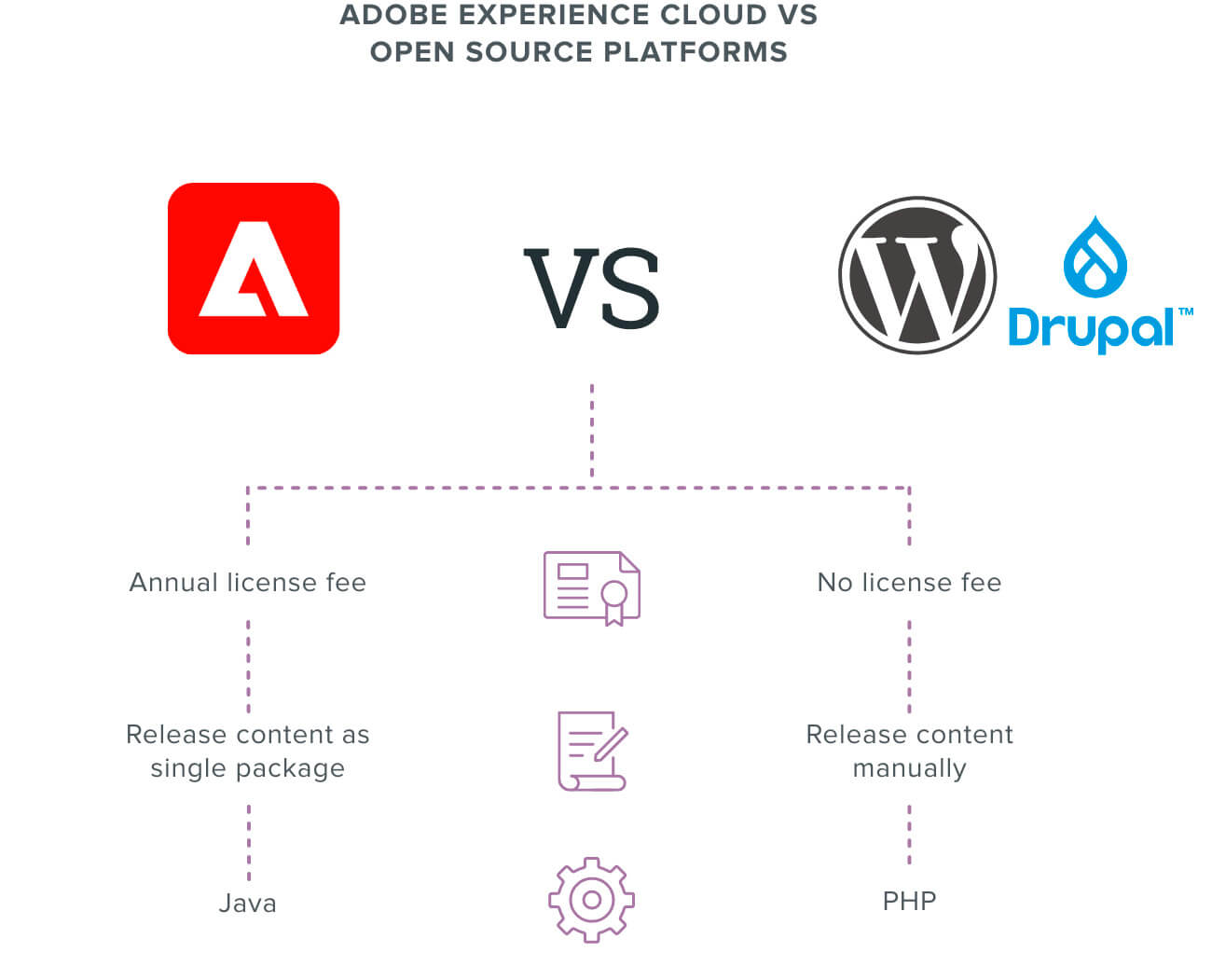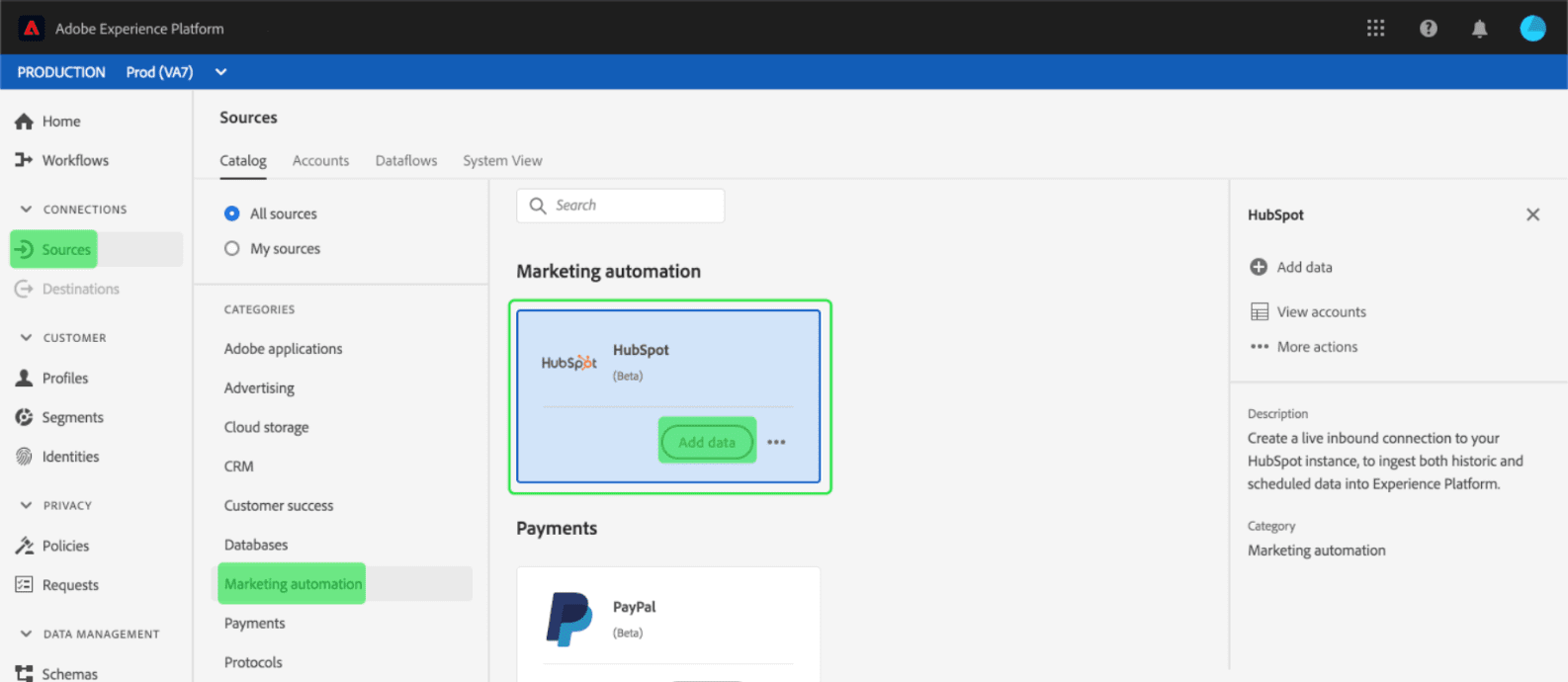From analytics to storage, personalization, and project management, your B2B firm needs an array of tools to keep its digital strategy on track
From analytics to storage, personalization, and project management, your B2B firm needs an array of tools to keep its digital strategy on track. Lose sight of one piece of the ever-expanding puzzle, and you’re placing your organization’s goals at risk.
As firms work to manage increasingly complex demands of delivering a winning user experience through your website, the promise of an all-in-one digital experience platform (DXP) grows more appealing. Bringing together the capabilities of a content management system with the many digital touchpoints between your brand and its customers, DXPs streamline your marketing stack into a comprehensive, centralized resource.
Adobe Experience Cloud is among the leading players in the world of DXPs. Offering a suite of interrelated products, the platform allows you to bring all your digital marketing tools under one roof.
But do the capabilities of Adobe Experience Cloud add up to the right solution for you? The answer depends on your firm’s needs, its budget, and enlisting the help of the right team to extract the greatest benefits from the system.
What Is Adobe Experience Cloud?
Adobe Experience Cloud is a suite of applications that allows enterprise firms to create seamless digital experiences for customers and prospects. With Adobe Experience Manager (AEM) as your CMS, your content creation platform is fully integrated with tools to generate data insights, customer journeys, personalization features, and other digital needs.

Adobe Experience Cloud sample dashboard
If your firm manages multiple websites and customer experiences, Adobe Experience Cloud streamlines internal workflow by centralizing your technology. Rather than requiring various departments to access different tools from multiple sources, Adobe Experience Cloud centralizes your technology stack with shared apps and services.
As every department gains equal access to customer behavior data and content resources, your firm’s digital priorities remain in alignment. Plus, your firm gains the added security of implementing tools backed by a trusted digital brand.
Core Features of Adobe Experience Cloud for B2B Firms
The Adobe Experience Cloud consists of over a dozen products. However, a typical setup for a B2B firm using AEM will incorporate the following features from Adobe Experience Cloud:
-
Cloud Service:
AEM uses a cloud-native architecture that provides a secure and easily scalable foundation for your firm’s site. Rather than managing your own hosted solution, Adobe Experience Cloud offers full support to centralize your storage needs.
-
Adobe Analytics:
Comparable to the performance metrics available in Google Analytics, Adobe’s website data tool offers customizable features that allow you to learn more about your firm’s audience and prospects.
-
Adobe Target:
This tool allows you to create and run A/B tests on personalized customer journeys and automated features.
-
Adobe Experience Manager Assets:
This cloud-native digital asset management (DAM) tool allows teams across your organization to store and search for site components that adapt to multiple channels and create consistent experiences.
-
Translation Integration:
AEM’s built-in translation management tool streamlines site updates for international markets.
-
Out-of-the-Box Components:
AEM’s included site features like forms, layout, and search capabilities minimize the need for your developers to hand-code new content from scratch. Plus, like their open source counterparts, these features are updated by Adobe.
-
Custom Components:
Regardless of AEM’s capabilities, you or your agency partner will need to configure some distinct elements of your site to deliver a user experience that’s consistent with your brand.

How Adobe Experience Cloud Differs from Open Source Platforms
The greatest distinction between using Adobe Experience Cloud and a website platform like Drupal or WordPress comes down to how your money is spent. Adobe Experience Cloud charges an annual license fee, but that fee is offset by the service and support you receive from a leading brand. WordPress and Drupal do not charge license fees, but carry their own expenses to effectively maintain.
Each additional service added to AEM from Adobe Experience Cloud also comes at an additional cost to implement. However, these expenses are not mandatory because AEM is not a closed system. Using AEM Connectors, your developers can integrate Adobe’s CMS with any outside digital marketing tool your firm may require.

Adobe Experience Cloud and open source platforms also differ in terms of their development languages. AEM uses Java, while Drupal and WordPress are scripted in PHP. Depending on which platform suits your firm, you’ll need developers with different expertise to provide support.
AEM also allows you to release content as a single package that bundles content and images together. As a result, you can implement your changes on the Development environment and if they deploy successfully you can then push changes directly to Production. When you’re using Drupal or WordPress, you need to publish updates from Development to Production manually most of the time.
Similarities Between AEM and Open Source Platforms
Both AEM and open source CMS platforms come with on-board modules and components. But both systems will require customization for these features to suit your brand’s digital design and functionality needs.
The apps and services that make up Adobe’s suite can all be replicated by integrating your CMS with different tools on an open source platform. For example, instead of using Adobe Marketo Engage, you can use HubSpot or Act-On to handle your marketing automation needs. Adobe Experience Cloud doesn’t offer exclusive functionality; it just provides all the tools you need in a single package.

Hubspot Marketing sample dashboard
But no matter whether your firm chooses a DXP or an open source solution for its next website, both platforms will require a complex migration of your existing content. And in both cases, you need expertise to properly implement and manage your new tools going forward.
Adobe Experience Cloud Requires the Right Web Design Partner
A DXP system like Adobe Experience Cloud provides an all-in-one technology solution that can serve the needs of your whole organization. However, it requires just as much expertise as any website platform to properly configure. To keep pace with your firm’s digital demands, Adobe Experience Cloud needs, ongoing support from in-house developers or an outside web agency.
Adobe introduced a certification program that allows firms like yours to find developers who specialize in Adobe Experience Cloud. However, to secure a successful and sustainable website, you need more than product expertise.
At Clear Digital, we have the experience and certifications to ensure your move to the Adobe Experience Cloud does more than incorporate the streamlined possibilities of a DXP system. Our designers and developers know how to manage the intricacies of the platform as well as the constantly shifting requirements of the digital marketplace.
If you’re ready to transition to the Adobe Experience Cloud while keeping the bigger picture in focus for your business, we should get started.






